- Home
- Electrical
- Fuses Circuit Breakers Safety Switches
- Circuit Breakers Panelboards Load Centers
- Circuit Breakers Accessories
.....Read More

Automotive Mini Circuit Breakers

Circuit Breaker Accessories
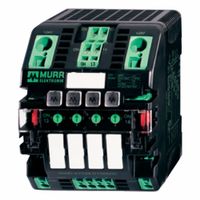
DIN Rail-Mount Circuit Protection Modules

DIN-Rail Mount Miniature Circuit Breakers

Front Panel-Mount Miniature Circuit Breakers
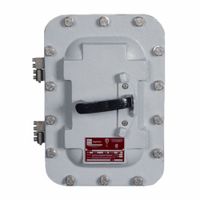
Hazardous Location Enclosed Circuit Breakers
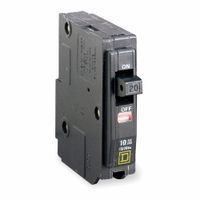
Miniature Circuit Breakers for Panelboards & Load Centers
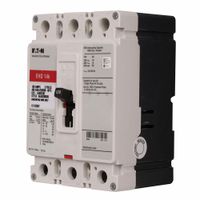
Molded Case Circuit Breakers
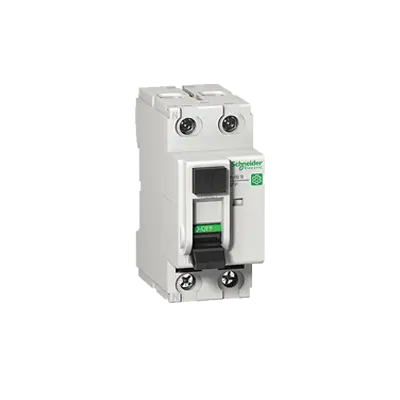
UL1053 DIN Rail-Mount Ground Fault Protectors
Frequently Asked Questions
What is the purpose of a circuit breaker?
How do DIN rail-mount miniature circuit breakers work?
What are the differences between molded case and miniature circuit breakers?
How do you choose the right circuit breaker for a specific application?
What are the common signs of a faulty circuit breaker?
How do you install a circuit breaker in a panelboard or load center?
What are the safety precautions when handling circuit breakers?